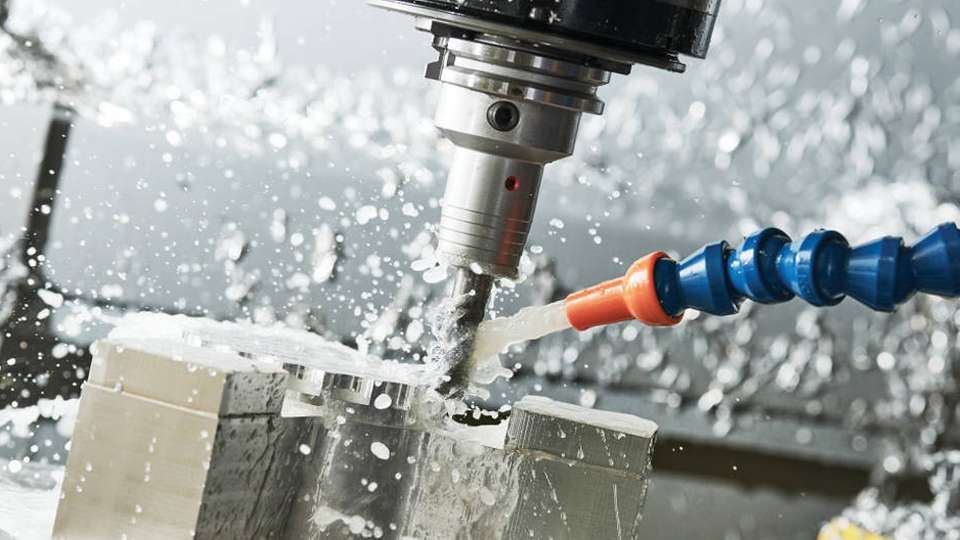What is CNC machining?
The process of removing material from a workpiece using mechanical cutting technology is referred to as “machining.” Physical contact between the workpiece and the tool achieves this.
CNC (computer numerical control) machining is the use of a program to control the operation of machine tools such as grinders, lathes, and turning mills to cut, grind, drill, turn, mill, and shape raw materials such as metal, plastic, and so on into pieces that meet exact requirements.
The CNC machine’s precision assures consistent product quality. The process is more exact than manual machining and is infinitely repeatable.
Types of CNC Machining Services
To do their work, the best CNC machining services use several machines that mill, turn, drill, or use a combination of these techniques.
1. CNC milling
Milling is a technique for cutting and removing chips from a workpiece involving direct contact with a spinning tool. Threading, slotting, and chamfering are just a few examples of how this method can be used.
It enables the production of intricate and complex designs on a single milling center. CNC milling record set accuracy, with tolerances as close as +/- 0.1 mm.
This CNC machining service’s sub-types are face milling, form milling, gear milling, profile milling, and surface milling.
Milling can be done on metals such as steel, aluminum, brass, and plastics such as Nylon, Polycarbonate, POM, and others.
2. CNC Turning or Lathing
CNC turning, also known as CNC lathing, makes cylindrical items, including shafts and bushings. While the metal portion spins, the CNC moves the cutting tool along the side and to and from.
The material surrounding the metal’s circle is removed, giving the metal its proper shape and diameter. The sliding head on the CNC machine reduces overall costs and speeds up production.
3. CNC Drilling
This CNC machining service is usually used to produce cylindrical holes in a workpiece using multi-point drill bits. This method is suitable for drilling holes in both perpendicular and angular directions.
While vertical drilling is as simple as feeding a revolving drill bit into a workpiece using a CNC machine, angular drilling is a little more challenging.
Clamping devices and specific machined designs are required for angular drilling. CNC Drilling can be utilized for a range of tasks like tapping, reaming, and countersinking.
4. CNC Multi-Spindle Machining
Multiple spindles are clustered together in a drum on a CNC Multi-Spindle machine. This drum is continually shifting positions, spinning horizontally, and performing various tasks simultaneously.
Without the many spindles that divide the operation, these stages would have to be performed sequentially to produce the desired output. Each spin of the drum now completes a section of the procedure.
Multi-spindle CNC machining services or equipment are more efficient and frequently less expensive than many CNC machines.
CNC machining raw materials
A CNC machine can employ almost any material; the material used depends entirely on the function.
A wide range of plastic and metal alloy materials are commonly utilized, such as aluminum, brass, copper, steel, titanium, wood, foam, fiberglass, and plastics such as polypropylene.
Aluminum 6061-T6 is one of the most common CNC aluminum alloys on the market, and it is the standard grade for CNC machining in the vast majority of manufacturing enterprises.
Conclusion
CNC machining helps you complete machining procedures faster and cleaner than any other method, benefiting your long-term bottom line.
It can handle a wide range of businesses that employ universal products like valves and fasteners while customizing designs to satisfy individual needs.
